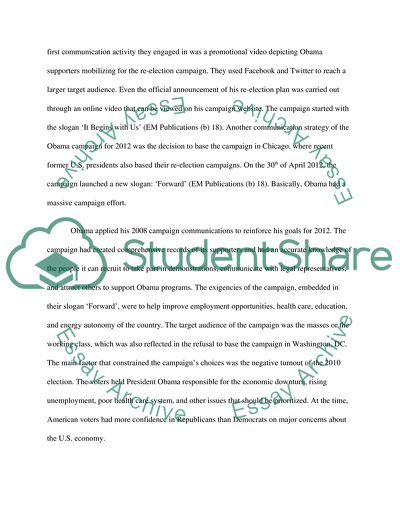Cite this document
(“The 2012 Obama Presidential Campaign Research Paper - 1”, n.d.)
The 2012 Obama Presidential Campaign Research Paper - 1. Retrieved from https://studentshare.org/history/1609799-campaign-post-morterm-analysis
The 2012 Obama Presidential Campaign Research Paper - 1. Retrieved from https://studentshare.org/history/1609799-campaign-post-morterm-analysis
(The 2012 Obama Presidential Campaign Research Paper - 1)
The 2012 Obama Presidential Campaign Research Paper - 1. https://studentshare.org/history/1609799-campaign-post-morterm-analysis.
The 2012 Obama Presidential Campaign Research Paper - 1. https://studentshare.org/history/1609799-campaign-post-morterm-analysis.
“The 2012 Obama Presidential Campaign Research Paper - 1”, n.d. https://studentshare.org/history/1609799-campaign-post-morterm-analysis.


